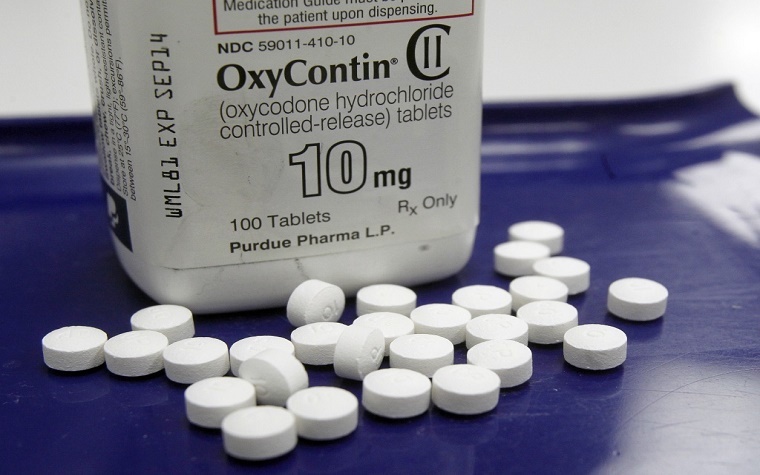The U.S. Department of Justice Office of the Inspector General analyzed the Drug Enforcement Agency’s (DEA) role in preventing a prescription opioid abuse epidemic in a report released last week, discovering that the agency has failed to protect many American citizens from fatally overdosing over nearly two decades.
“We found that DEA was slow to respond to the significant increase in the use and diversion of opioids since 2000,” an excerpt from the report stated. “We also found that DEA did not use its available resources, including its data systems and strongest administrative enforcement tools, to detect and regulate diversion effectively.”
It was found that from 2003 to 2013, that the DEA permitted drug manufacturers to produce and distribute considerable amounts of opioids to patients, such as the U.S. aggregate production quota (APQ) of oxycodone in the United States containing 153,750 kilograms in 2013 compared to 34,482 kilograms in 2002, a 400 percent increase. Eventually, former acting DEA administrator Chuck Rosenberg reduced the APQ in oxycodone and other controlled substances by 25 percent in 2017.
The inspector general also highlighted that the DEA’s SORS (suspicious order reporting) database is flawed and often not credible, as it excluded many suspicious reports provided to the DEA due to many registrants filing them with DEA field division offices rather than the official headquarters. These reports could have assisted in locating and targeting the diversion of controlled substances. There are currently no methods in place that allow field divisions to upload reports to the SORS database.
“As of August 2017, approximately 1,400 DEA registrants were manufacturers and distributors of controlled substances and ARCOS contained ordering information from about 1,100 of these registrants,” the report noted. “Yet, we found that the SORS database contained suspicious order reports from only eight registrants.”
The inspector general requested that DEA field divisions locate the missing order reports but they were unable to do so.
“Unlike past drug crises, in combating the current opioid epidemic DEA failed to develop a comprehensive national strategy that could have focused and directed its regulatory and enforcement efforts,” the report said.
John Parker, senior vice president of communications for the Healthcare Distribution Alliance (HDA), released a statement Oct. 1 praising current DEA leadership on limiting the amount of substance quotas, while acknowledging that Congress’ authorization of the SUPPORT Act will allow the DEA to have more control over the opioid epidemic.
“HDA welcomes the actions taken by current DEA leadership to curtail annual opioid production quotas and improve communication with registrants,” Parker said. “ HDA urges the agency to finalize much-needed guidance on suspicious order reporting and to address the influx of substances, such as illegal fentanyl, that are now increasingly the cause of the epidemic facing our country today.”
The Office of Inspector General advised that the DEA needs to make incremental changes to their work ethic in order to show more responsibility in preventing serious harm from opioid addictions.
“We … believe that DEA should establish regulations, policies, and procedures that specifically define what constitutes a suspicious order, as well as what information should be included in a suspicious order report,” the report stated. “This is important because most of the major enforcement actions taken against manufacturers and distributors of controlled substances heavily relied on suspicious order reports, or a lack thereof, as evidence that led to administrative actions and settlements that prevented future diversion.”
